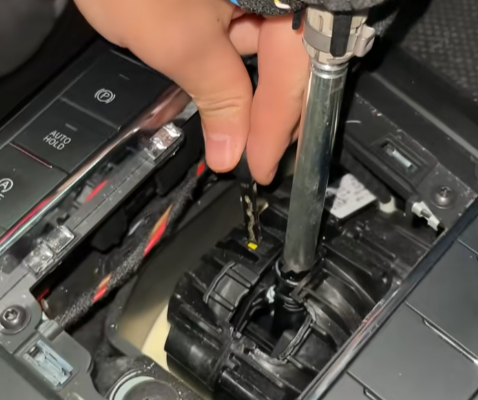
Car emergencies can happen anytime, anywhere, and to anyone. Whether you’re dealing with a dead battery, a flat tire, or an overheating engine, knowing how to handle these situations can keep you safe and prevent further damage to your vehicle. In this guide, we’ll cover some of the most common emergency car problems and the best ways to solve them quickly and efficiently.
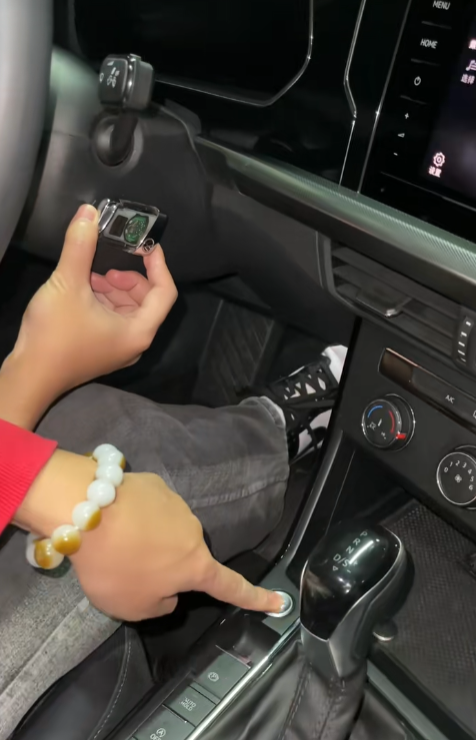
1. Dead Battery
Symptoms:
- The engine doesn’t start, or you hear a clicking noise.
- Dashboard lights flicker but the car won’t turn over.
- Power accessories (radio, lights, etc.) are weak or unresponsive.
Solution:
- Jump-Start the Battery
- Get a set of jumper cables and another car with a working battery.
- Connect the red cable to the positive terminals of both batteries.
- Connect the black cable to the negative terminal of the good battery and the other end to an unpainted metal surface on your car.
- Start the working car, then try starting your car.
- Once started, let your car run for a few minutes to charge the battery.
- Call for Roadside Assistance
- If jump-starting doesn’t work, your battery may need replacement.
- Consider carrying a portable jump starter for emergencies.
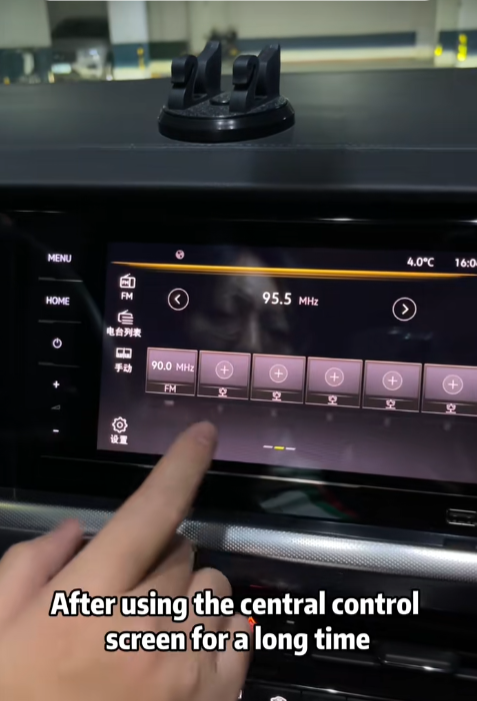
2. Flat Tire
Symptoms:
- A sudden thumping sound while driving.
- Difficulty steering or the car pulling to one side.
- Visible tire damage or low air pressure warning.
Solution:
- Change the Tire
- Park in a safe location and turn on hazard lights.
- Use the jack to lift the car and remove the flat tire.
- Install the spare tire and tighten the lug nuts securely.
- Use a Tire Inflator or Sealant
- If the tire has a small puncture, use a portable air compressor or sealant as a temporary fix.
- Drive carefully to the nearest repair shop.
- Call for Help
- If you don’t have a spare or don’t feel comfortable changing the tire, call roadside assistance.
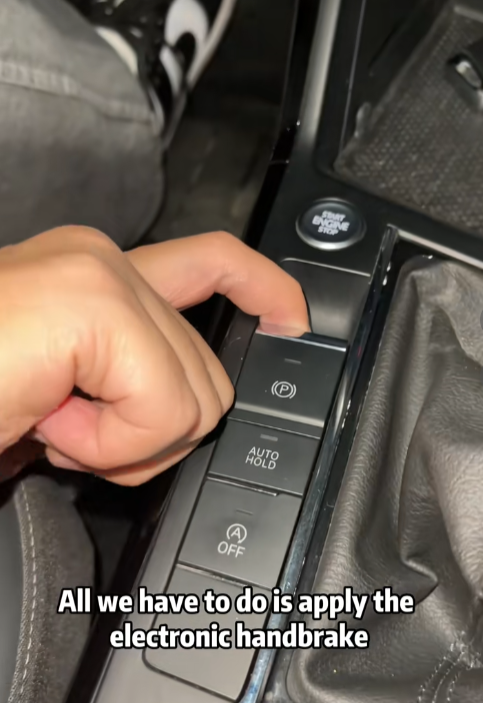
3. Overheating Engine
Symptoms:
- Temperature gauge rises to the red zone.
- Steam or smoke coming from under the hood.
- Burning smell from the engine.
Solution:
- Pull Over Immediately
- Turn off the engine and let it cool down.
- Do not open the radiator cap while the engine is hot.
- Check Coolant Levels
- Once the engine is cool, check the coolant reservoir.
- If low, add coolant or water as a temporary fix.
- Inspect for Leaks
- Look under the car for coolant leaks.
- If you notice a leak, avoid driving and call for help.

4. Car Won’t Start
Symptoms:
- Engine cranks but doesn’t start.
- No sound when turning the key.
- Dashboard lights flicker or dim.
Solution:
- Check the Battery
- If the battery is weak, try jump-starting the car.
- Inspect the Fuel Supply
- Make sure you have enough gas in the tank.
- A clogged fuel filter can also prevent the car from starting.
- Look for Electrical Issues
- Check if the starter or alternator is faulty.
- If the car still won’t start, call a mechanic.
5. Brake Failure
Symptoms:
- Soft or spongy brake pedal.
- Grinding or squealing noises when braking.
- The car doesn’t slow down properly.
Solution:
- Pump the Brakes
- Try pumping the brake pedal to build up pressure.
- Use the Emergency Brake
- Slowly engage the parking brake to help stop the car.
- Downshift (For Manual Cars)
- If driving a manual car, downshift to lower gears to slow down.
- Find a Safe Stopping Area
- Look for an open space, an uphill road, or a soft surface to stop safely.
- Call for a tow truck if the brakes are completely non-functional.
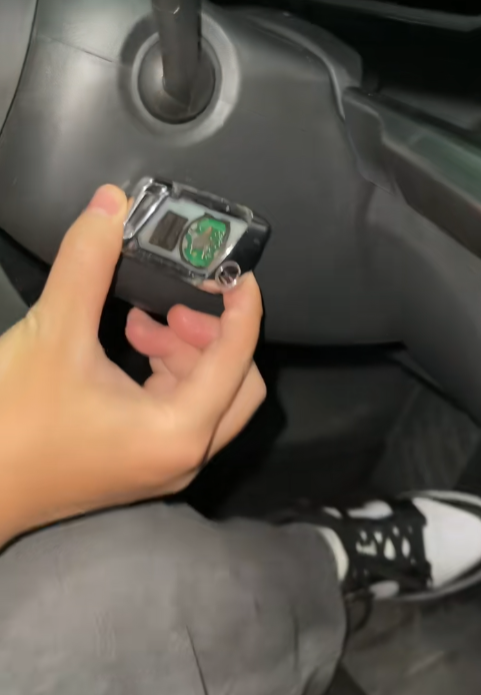
6. Stuck Accelerator
Symptoms:
- The car speeds up on its own.
- The gas pedal is stuck and won’t return to normal position.
Solution:
- Shift to Neutral
- This stops power from going to the wheels.
- Apply the Brakes Firmly
- Press the brakes hard but avoid slamming them.
- Turn Off the Engine (If Necessary)
- If shifting to neutral doesn’t work, turn off the ignition but don’t lock the steering wheel.
- Get the Car Checked Immediately
- A stuck accelerator is dangerous and should be fixed right away.
Final Thoughts
Car emergencies can be stressful, but knowing how to handle them can keep you safe and prevent major issues. Keep a roadside emergency kit in your car with essentials like jumper cables, a tire inflator, a flashlight, and coolant. Stay calm, follow safety precautions, and when in doubt, call for professional help.
Being prepared can make all the difference in solving emergency car problems efficiently. Drive safely!
